By ISI Guest Author:
Caroline E. Pinegar, AICP, ENV SP
The coolest thing about being a sustainability planner in the aviation industry is that you get exposed to it all. Runways, buildings, roadways, transit, utilities, treatment facilities. It’s basically like getting to work in a small city – which is perhaps what drew me to my career in the first place. My SimCity obsession in grade school gave way to a degree in City and Regional Planning a decade later, which was timed perfectly with the rise of the “Aerotropolis” and the restructuring of the airline industry (I was fascinated by both). Or maybe I was drawn to aviation because of my fighter pilot dad, hours at air shows, and the frequent trips (sometimes in a C-5) to take my family to the next place. But I digress…I’m supposed to be talking about sustainability.
When most people think of airport infrastructure and sustainability, they envision runways, terminals, and control towers. Of all the aviation projects I’ve reviewed through the lens of environmental compliance or sustainability, something unexpected came to mind to blog about for ISI this month: a parking lot.
Swales in the City: An Airport’s Eco-Friendly Parking Plot Twist
Let’s be honest. When you think of a parking lot, “sustainability” probably isn’t the first word that comes to mind – nor the tenth. More than likely, you’re thinking “heat,” “pavement,” or “where did I leave my car?” Yet, at one of my favorite international airports, a phased program that includes much-needed new parking is demonstrating that even the most utilitarian spaces can contribute meaningfully to sustainability goals.
The parking need is undeniable. But seriously, who wants more pavement?
Enter, a forward-thinking City Department, insisting that this is not a run-of-the-mill parking lot design, and specifying that the design team scope out a plan to make this project more sustainable. The proposal was to use ISI’s Envision Framework to serve as a guide at a minimum – with the hope that verification is supported in the long term. The Department supported the idea.
Conversations to integrate sustainability into this parking lot had already begun by the time I entered the scene and are continuing through stakeholder engagement activities. Of course the big ideas are great, and I hope many of them will still be integrated into the ultimate program…EV charging, renewable energy, electric shuttles, recycled pavement, and improved visual elements like local art in bus shelters and decorative fencing have all been floated. As we enter the first phase of construction, some ideas have risen to the level of implementation as the Airport faces the reality of available funding and grant opportunities, particularly in the current climate (no pun intended).
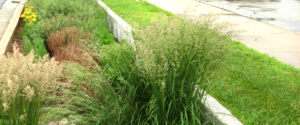
The Envision Framework: Credits Get Us Talking
At least partly in the name of credit seeking (if we’re being honest) for LD 1.1 Provide Effective Leadership & Commitment, LD 1.2 Foster Collaboration & Teamwork, LD 1.3 Provide for Stakeholder Involvement, and several others, I watched as planners, engineers, ops staff, maintenance staff, utility experts, lighting experts, the finance team, and the decision makers went thoughtfully and carefully through the Envision Framework checklist during our mid-point design charrette. What ensued was collaborative and thought-provoking conversation, pie-in-the-sky ideas, and a few deflating realities. What I found was that those LD credits aren’t just a box to check—it’s the spark that ignites innovation. What started as a conversation about drainage turned into a brainstorm about biodiversity, water quality, and options for this specific climate. A few engineers started thinking about how to redesign for stormwater filtration. And just like that, the bioswale idea took root—literally. A week later, the design team had integrated bioswales between the rows of parking just in time for the 65% design submittal.
Wait, What’s a Bioswale?
A bioswale is a landscape element designed to manage stormwater runoff. It’s a shallow, vegetated channel that slows, filters, and absorbs rainwater, removing pollutants and recharging groundwater along the way.
 Here’s what a bioswale typically includes:
Here’s what a bioswale typically includes:
- Native plants and grasses
- Layers of soil, mulch, and gravel
- A gentle slope to guide water
- Possibly some hidden pipes or underdrains for overflow
In short, it’s a beautiful blend of form and function—like a rain garden that wants an A++.
Why Bioswales Belong in Parking Lots
Let’s face it: parking lots are usually ecological dead zones. They’re impervious, ugly, heat-trapping, and pollutant-collecting. But bioswales flip the script. Here’s how:
Stormwater Management
By capturing and treating runoff onsite, the bioswales reduce the burden on municipal stormwater infrastructure and help protect downstream water bodies.
Habitat Enhancement
The use of native vegetation supports pollinators and small wildlife, contributing to regional biodiversity and ecological connectivity.
Urban Heat Island Mitigation
Vegetated areas help moderate local temperatures, reducing heat buildup in the parking lot and improving comfort for employees.
Groundwater Recharge
By promoting infiltration, the bioswales support aquifer replenishment and reduce surface water pollution.
Alignment with Envision: Natural World Credits
The project’s approach directly supports Envision Credits in the Natural World category, which encourage infrastructure projects to. This credit encourages infrastructure projects to:
- Preserve or restore ecological function
- Enhance habitat quality and connectivity
- Engage stakeholders in ecological planning
By transforming a degraded site into a functioning ecological system, this parking lot project demonstrates how even small-scale infrastructure can contribute to broader sustainability goals.
Lessons Learned and Looking Ahead
This project offers several key takeaways for infrastructure professionals:
- Every site has potential– Even a parking lot can support ecological restoration and sustainability.
- Stakeholder engagement drives innovation– Inclusive planning leads to more resilient and accepted outcomes.
- Green infrastructure is scalable– Bioswales and similar features can be integrated into a wide range of infrastructure types.
- Sustainability is a shared responsibility– Long-term success depends on collaboration between planners, designers, operators, and the community.
- Celebrate the small stuff– Even a parking lot can be a platform for positive change.
Final Thoughts: From Lot to Legacy
As airports and other infrastructure systems face increasing pressure to adapt to climate change and environmental degradation, projects like this offer a clear path forward: one that integrates sustainability in unexpected places. These bioswales may be a small detail and overlooked by many. But I, for one, am looking at parking lots very differently these days. That patch of wildflowers and waving grasses? It’s not just landscaping—it’s a statement.
Hopefully you will not translate my enthusiasm related to a parking lot as acceptance that we shouldn’t always still ask my favorite Envision phrase: not only “Are we doing the project right?” but also, “Are we doing the right project?”
My excitement about this project comes from seeing the Envision Framework working as intended. When the parking lot is coming, make it better. Get creative. Do something. A bioswale in a parking lot is proof that sustainability doesn’t have to be flashy or expensive. Sometimes, it’s just a matter of listening, learning, and letting nature do what it does best.
If nothing else, I hope you, too, will notice how something small contributes to creating a better place. These small wins are contagious — and they amount to a lot.
 Caroline is a Senior Project Manager with HNTB, specializing in aviation environmental documentation and sustainability. She has a Masters in City and Regional Planning (MCRP) from Georgia Tech and a Bachelor of Arts in Historic Preservation from Mary Washington College. Caroline earned her Envision Sustainability Professional (ENV SP) credential from ISI in 2014, is currently Chairperson of ISI’s newly reinvigorated Credentialing and Learning Strategies Committee, and a member of ISI’s Airports & Envision Working Group.
Caroline is a Senior Project Manager with HNTB, specializing in aviation environmental documentation and sustainability. She has a Masters in City and Regional Planning (MCRP) from Georgia Tech and a Bachelor of Arts in Historic Preservation from Mary Washington College. Caroline earned her Envision Sustainability Professional (ENV SP) credential from ISI in 2014, is currently Chairperson of ISI’s newly reinvigorated Credentialing and Learning Strategies Committee, and a member of ISI’s Airports & Envision Working Group.
Connect with her on LinkedIn.
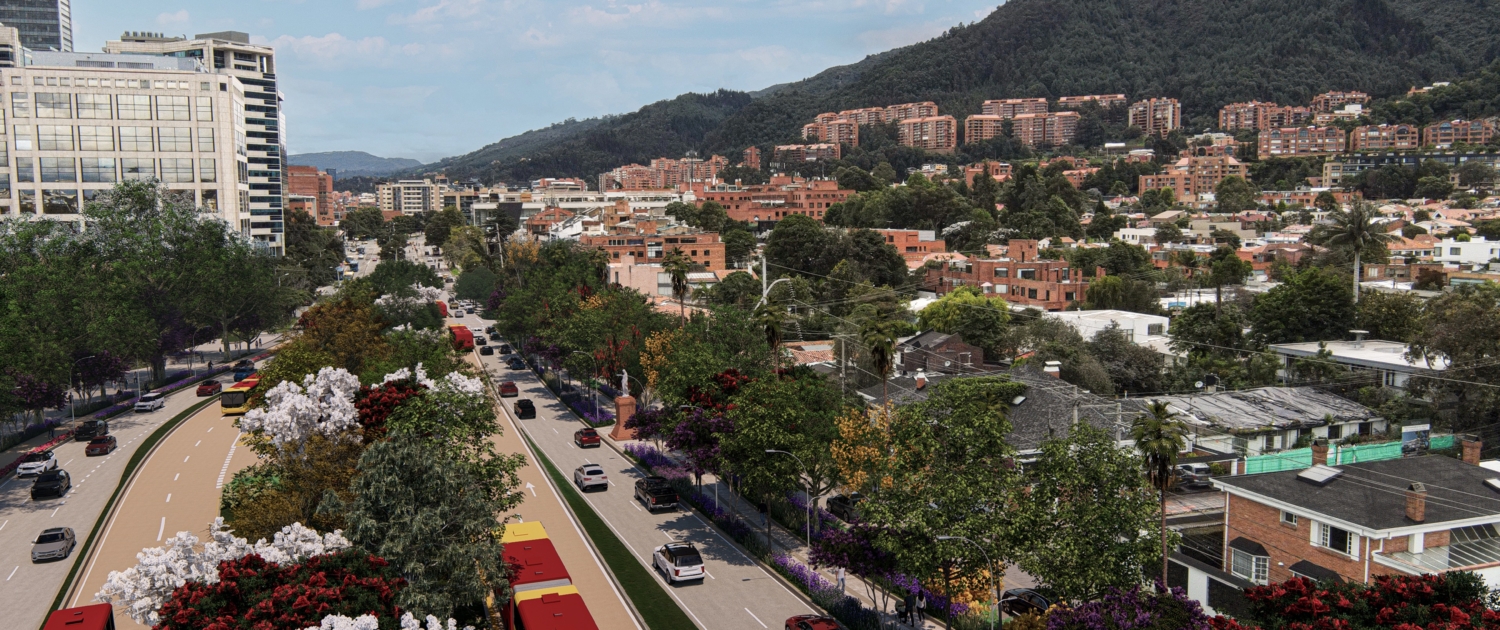



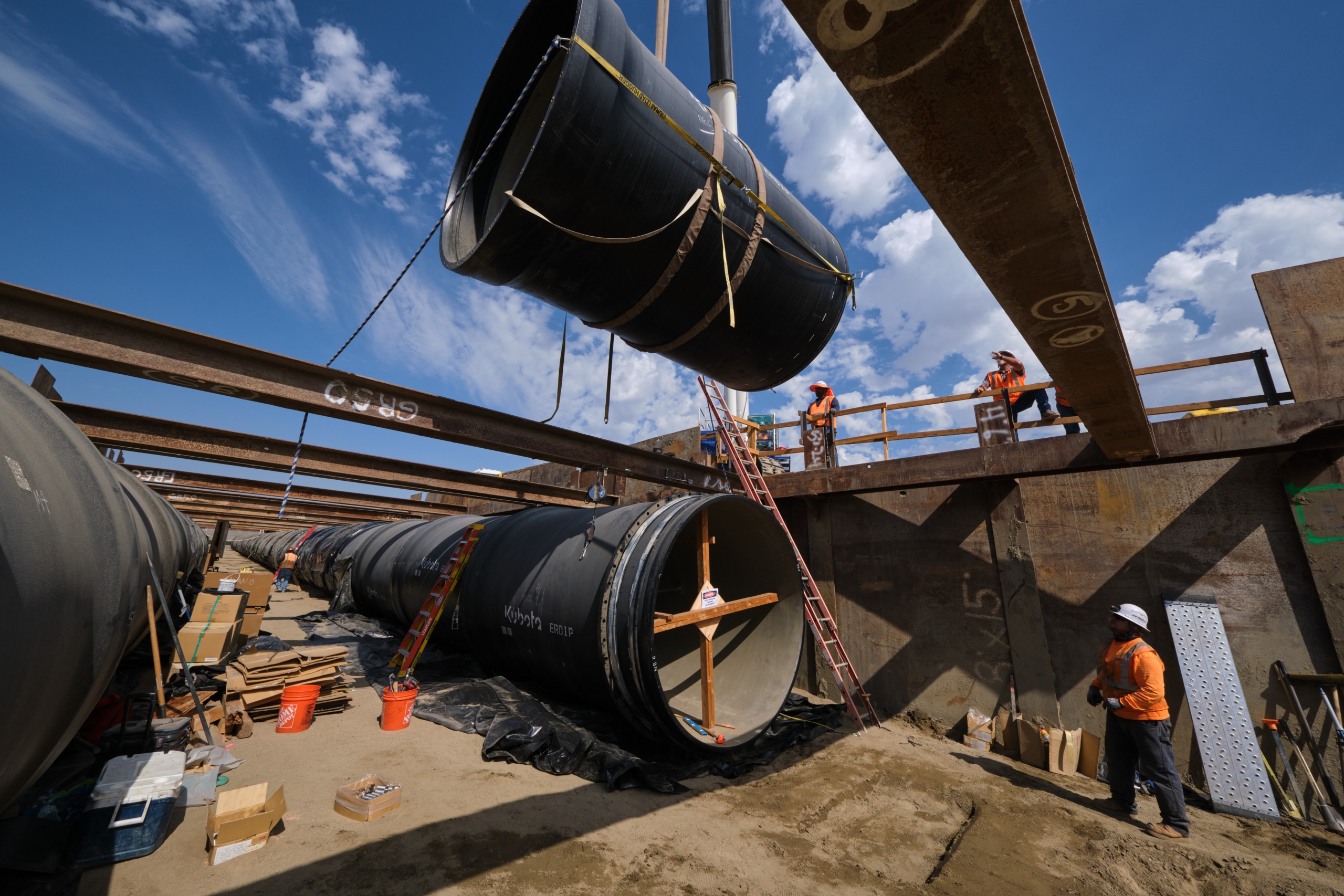
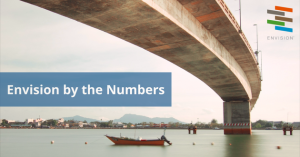
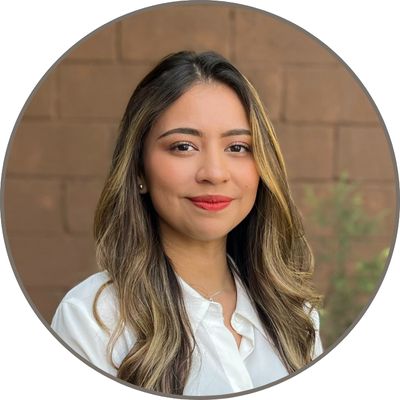 Melissa Perez-Saavedra, Verification Specialist, brings a strong background in sustainable design and a deep commitment to environmentally responsible development. She promoted sustainability frameworks and led technical and educational initiatives focused on whole life cycle approaches at the Guatemala Green Building Council — helping professionals make informed, sustainable decisions from concept to completion. Her credentials include EDGE Expert, LEED Green Associate, CASA AP, Construction Product LCA Specialist, and ENV SP.
Melissa Perez-Saavedra, Verification Specialist, brings a strong background in sustainable design and a deep commitment to environmentally responsible development. She promoted sustainability frameworks and led technical and educational initiatives focused on whole life cycle approaches at the Guatemala Green Building Council — helping professionals make informed, sustainable decisions from concept to completion. Her credentials include EDGE Expert, LEED Green Associate, CASA AP, Construction Product LCA Specialist, and ENV SP. 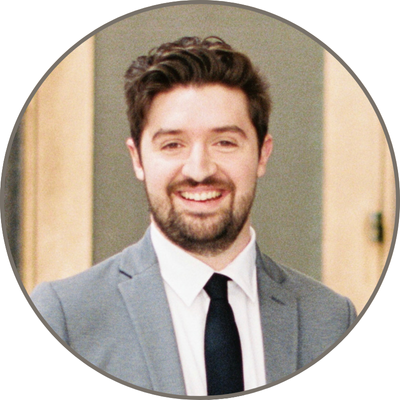 Ryan Eldridge-Burch, Verification Specialist, comes to ISI with a background in sustainable urban planning. He is a certified planning professional with the American Institute of Certified Planners (AICP) and holds a Master of Science in Climate Change & Society from North Carolina State University. Before joining ISI, Ryan worked as a senior urban planner within the Triangle Region of North Carolina and managed various sustainable infrastructure projects, including greenway expansion, electric vehicle charging advancement, and several Transportation Demand Management (TDM) programs.
Ryan Eldridge-Burch, Verification Specialist, comes to ISI with a background in sustainable urban planning. He is a certified planning professional with the American Institute of Certified Planners (AICP) and holds a Master of Science in Climate Change & Society from North Carolina State University. Before joining ISI, Ryan worked as a senior urban planner within the Triangle Region of North Carolina and managed various sustainable infrastructure projects, including greenway expansion, electric vehicle charging advancement, and several Transportation Demand Management (TDM) programs.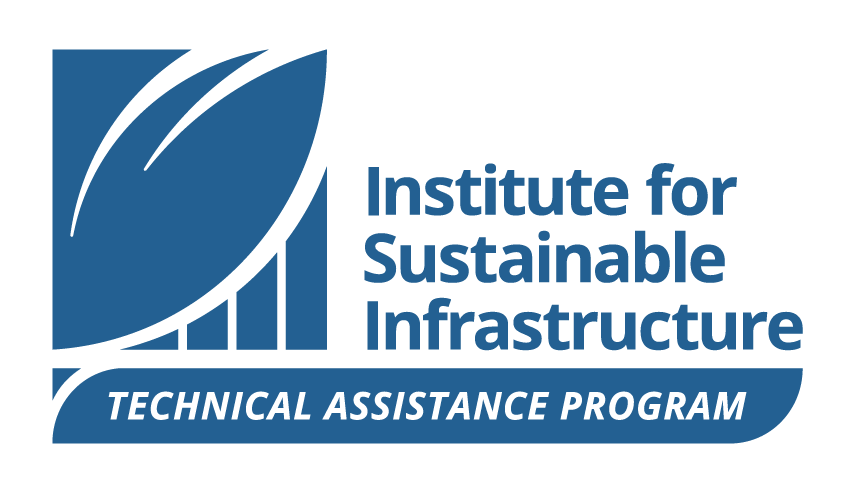

 Here’s what a bioswale typically includes:
Here’s what a bioswale typically includes: Caroline is a Senior Project Manager with HNTB, specializing in
Caroline is a Senior Project Manager with HNTB, specializing in 